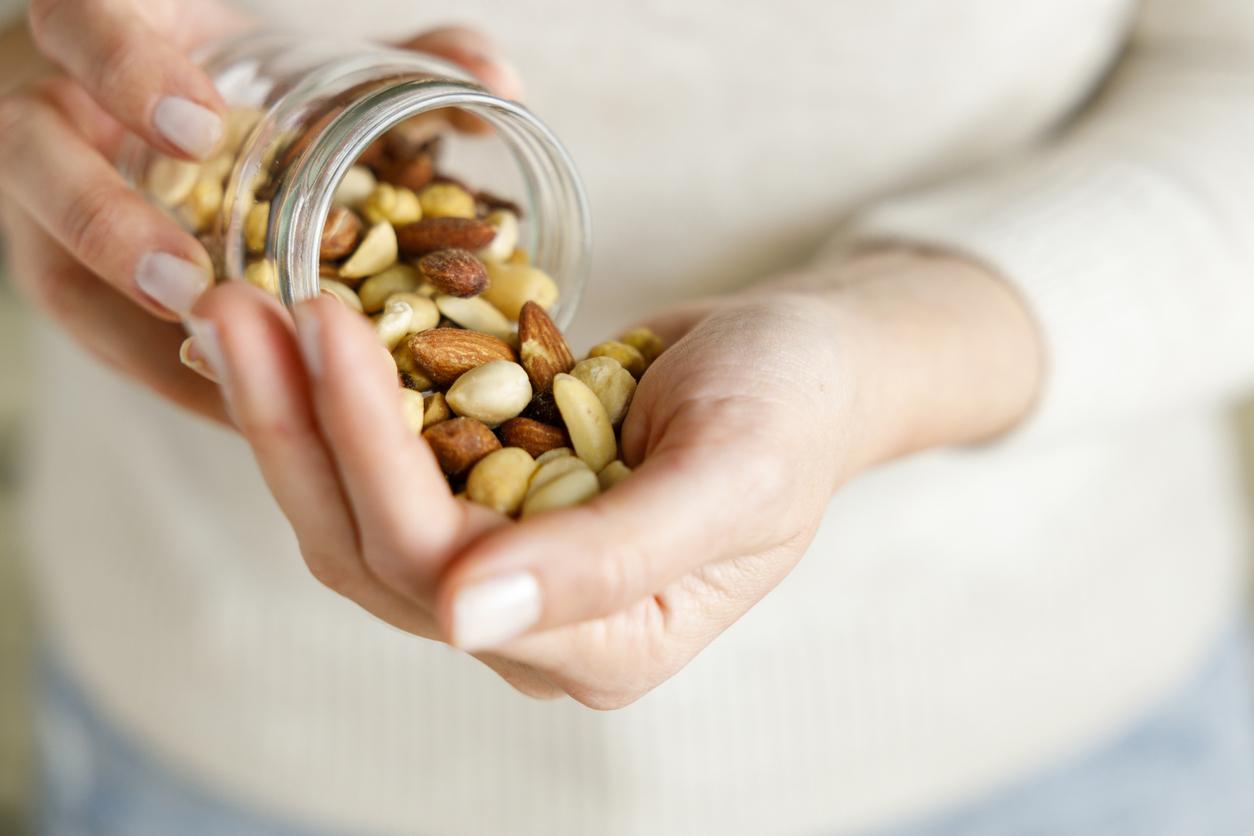A flavanol found in red wine may interfere with alcohol metabolism and cause headaches.

- Red wine contains much more quercetin, a flavanol found in fruits and vegetables, than other alcoholic beverages.
- When this flavanol is assimilated by metabolic reaction with alcohol, it inhibits the enzyme ALDH2, which metabolizes acetaldehyde, namely a toxin, irritant and inflammatory substance.
- This will lead to high levels of acetaldehyde in the body and the appearance of headaches, flushing and nausea in predisposed individuals.
In some adults, a headache may occur within 30 minutes to three hours after drinking even a small glass of wine. “The cause of this effect has been attributed to a number of components, often the high phenolic content of red wine, but the mechanism has not been elucidated”, indicated researchers at the University of California at Davis (United States). That’s why they did a study.
Quercetin leads to high acetaldehyde levels and the onset of headaches
As part of their study, published in the journal Scientific Reports, scientists have hypothesized that a natural compound is responsible for the appearance of headaches. It is a flavanol, called “quercetin”, which is naturally present in fruits and vegetables, including grapes. It is considered an antioxidant. However, when metabolized with alcohol, it can cause problems. “When this compound enters the bloodstream, the body changes it into a different form called ‘quercetin glucuronide’,” explained Andrew Waterhouse, co-author of the research, in a statement.
As a result, consumers may end up accumulating acetaldehyde. It is a well-known toxin, irritant and inflammatory substance. “Researchers know that high levels of acetaldehyde can inhibit the ALDH2 variant (the enzyme that metabolizes it) and cause facial flushing, headaches and nausea,” said Apramita Devi, professor who led the study.
Redness, headaches: some consumers of red wine may be more predisposed than others
According to Andrew Waterhouse, flushing and headache, which are attributed to a dysfunction of the ALDH2 enzyme, also occur in alcoholics who take disulfiram. This is because this medication also causes acetaldehyde to build up in the body, when the body’s enzyme would normally break it down. The authors thus assumed that when “vulnerable adults“consume wine containing even small quantities of quercetin, they experience headaches, “particularly if they have a pre-existing migraine or other primary headache.”
Now, the team plans to test this theory by recruiting and following people who develop headaches after drinking red wine in a clinical trial.
















